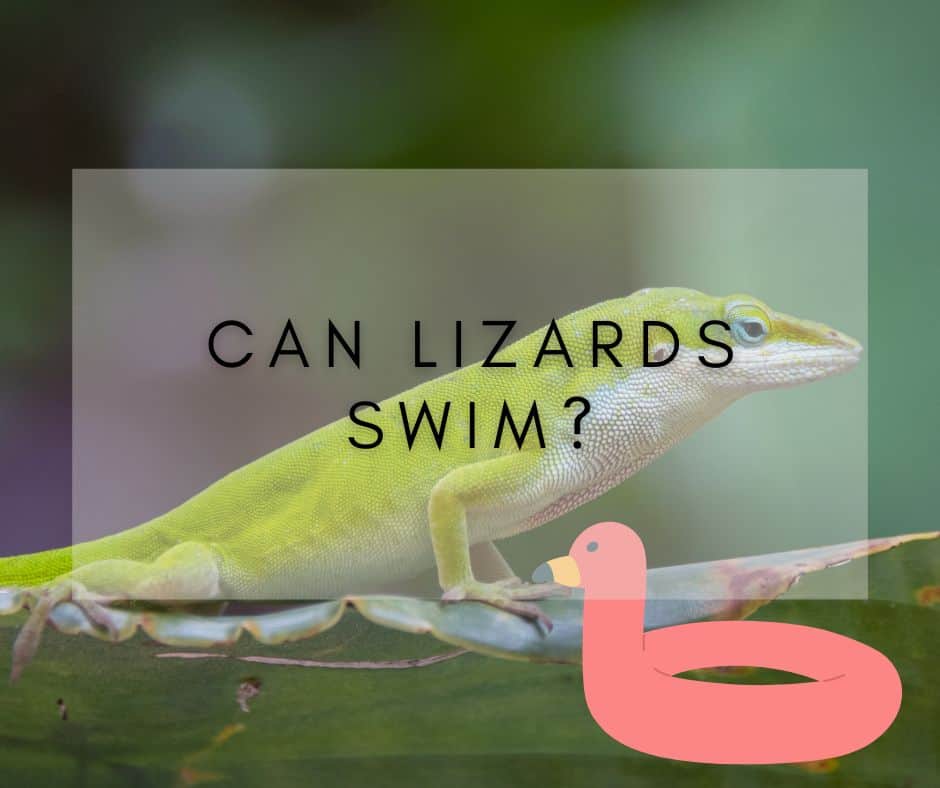It’s a common misconception that lizards can’t swim. In reality, many species of lizard are excellent swimmers, while others have adapted to their environments in different ways.
The short answer is yes, lizards can swim. While many people may think of lizards as creatures that live on land, some species of lizards are well adapted to life in the water. In this blog post, we will take a closer look at how lizards swim, why some species are better swimmers than others, and which lizards are known to be excellent swimmers.
Contents
How Do Lizards Swim?
When it comes to swimming, lizards use a similar technique to other animals such as snakes and alligators. They move their bodies in an undulating motion, using their tails and legs to propel themselves forward through the water. Some lizards are better swimmers than others, depending on their size, body shape, and the environment in which they live.
Perfectly built for the aquatic world, marine iguanas found in the Galapagos Islands boast flattened tails and flipper-shaped limbs that grant them increased speed and agility as they navigate through water. On the other hand, common house geckos lack such adaptations and can only swim short distances before exhaustion sets in.
Why Do Lizards Swim?
There are several reasons why lizards may need to swim. Some species, such as the marine iguana, rely on swimming to forage for food. They dive into the water to feed on algae and other marine vegetation, as well as small crustaceans and other aquatic animals. Other lizards may swim to escape predators or to find a mate.
Which Lizards Can Swim?
While many species of lizards are capable of swimming, some are better adapted to life in the water than others. Here are a our top 8 examples of lizards that are known to be excellent swimmers:
Marine Iguana

The marine iguana is perhaps the most well-known swimming lizard. It is found only in the Galapagos Islands and is the only lizard that is completely adapted to life in the ocean. Its flattened tail and limbs make it an excellent swimmer, allowing it to dive to depths of up to 30 feet to feed on algae and other marine life.
Green Basilisk
The green basilisk, also known as the “Jesus Christ lizard,” is another species of lizard that is known for its swimming ability. It is able to run on the surface of the water for short distances, thanks to its large feet and long toes that are fringed with skin. This adaptation allows it to use the surface tension of the water to support its weight and avoid sinking.
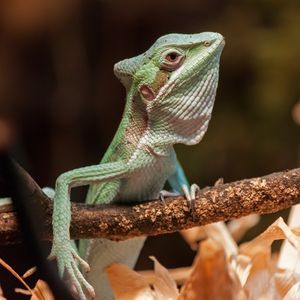
Water Dragon

The water dragon is a species of lizard found in Australia that is well-adapted to life in the water. It has webbed feet and a long, powerful tail that it uses to swim and steer through the water. It is able to hold its breath for up to 90 minutes and can dive to depths of up to 8 feet.
Anoles
Anoles are a group of lizards found in the Americas that are known for their ability to swim. While not all species are adapted to life in the water, some are able to swim long distances to find food or escape predators. The Puerto Rican crested anole, for example, is known to swim between islands in search of new habitats.
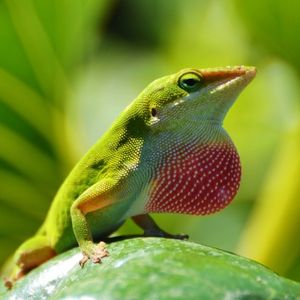
Collared Lizard

Collared lizards are found in North and Central America, and they are known for their excellent swimming abilities. They have strong legs that allow them to swim through the water with ease, and they can also hold their breath for several minutes.
Chameleons
While not all chameleons are good swimmers, some species like the veiled chameleon are known for their ability to swim. They use their tails to propel themselves through water, and they can stay submerged for several minutes.
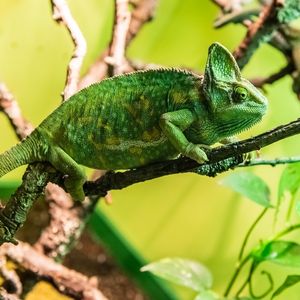
Frilled Lizard
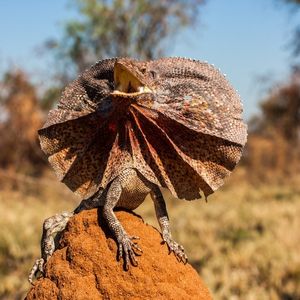
Frilled lizards, also known as frill-necked lizards, are found in Australia and New Guinea. They are excellent climbers and runners, but they can also swim well. They have long, powerful legs that help them swim through water, and they can hold their breath for several minutes.
Gila Monster
Gila monsters are venomous lizards found in the southwestern United States and Mexico. While they are not known for their swimming abilities, they are capable of swimming short distances if necessary. They use their legs and tails to propel themselves through water, and they can hold their breath for several minutes.
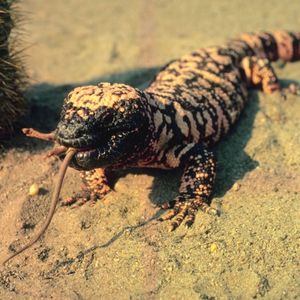
How Long Can a Lizard Survive in Water?
Lizards can vary in their ability to survive in water. Some lizards, such as the green iguana, are good swimmers and can hold their breath for up to 30 minutes underwater.
Other species, such as geckos and monitor lizards, don’t swim well and may drown after just a few minutes of being submerged. Generally, lizards are able to survive in water for short periods of time but may become stressed or drown if left for too long.
To ensure your pet lizard stays safe and healthy, it is best to keep it out of the water except when necessary.
Can Lizards Breathe Underwater?
No, lizards cannot breathe underwater. They have lungs, just like humans, and they need to come up for air regularly. Some species of lizard are able to hold their breath for a few minutes at a time, but this is the exception rather than the rule.
Lizards that live in the water can tolerate being submerged for short periods, but they still need to come up for air eventually. When in doubt, it is best to keep your pet lizard out of the water altogether.
Conclusion
In conclusion, while not all lizards are adept swimmers, many species are well-adapted to life in the water. They use a similar swimming technique to other aquatic animals and may swim for a variety of reasons, including foraging for food, escaping predators, or finding a mate.
Some of the best swimming lizards include the marine iguana, green basilisk, water dragon, and various species of anoles. So, the next time you see a lizard near water, don’t be surprised if it takes a quick dip to swim to the other side.

